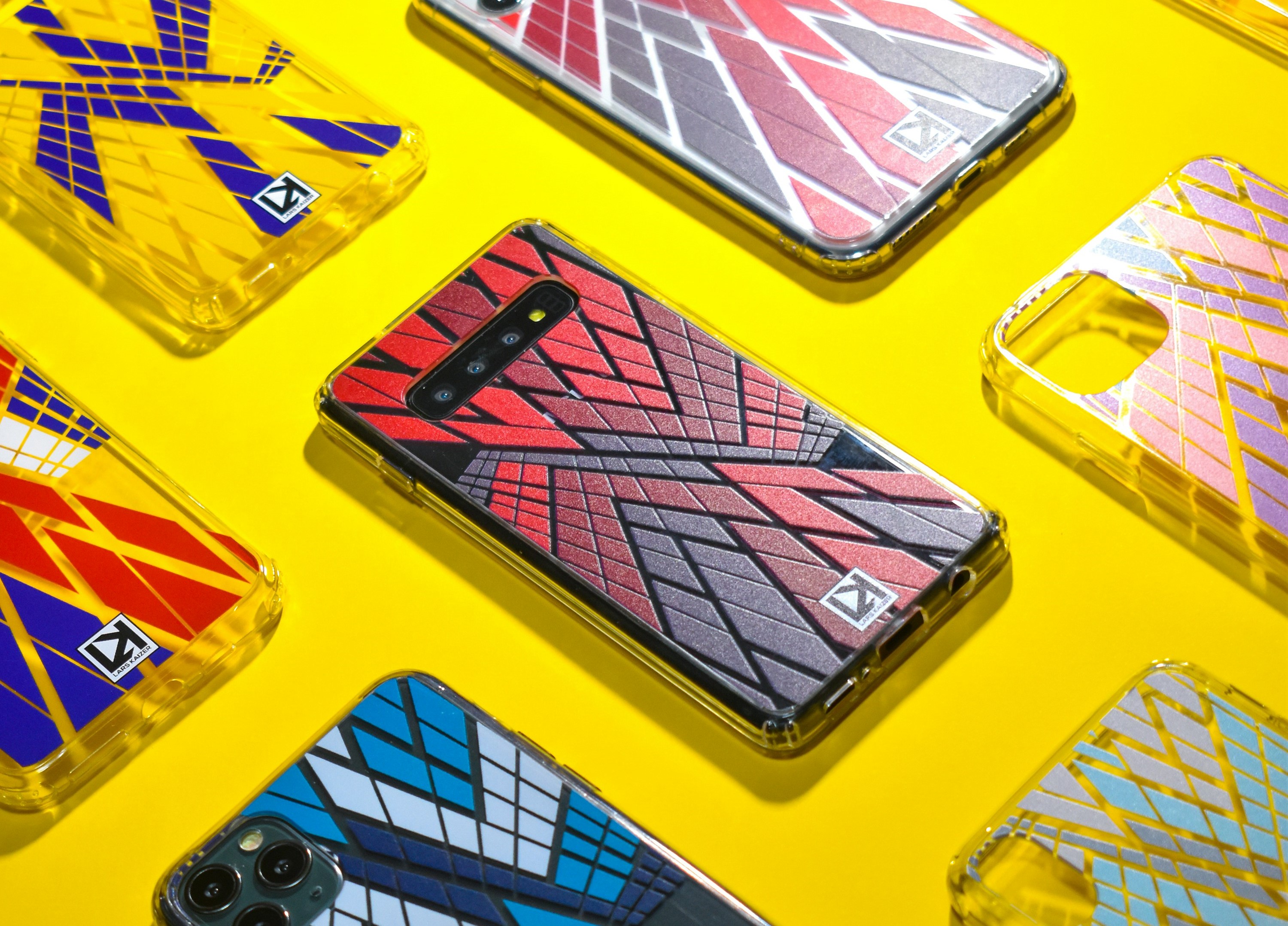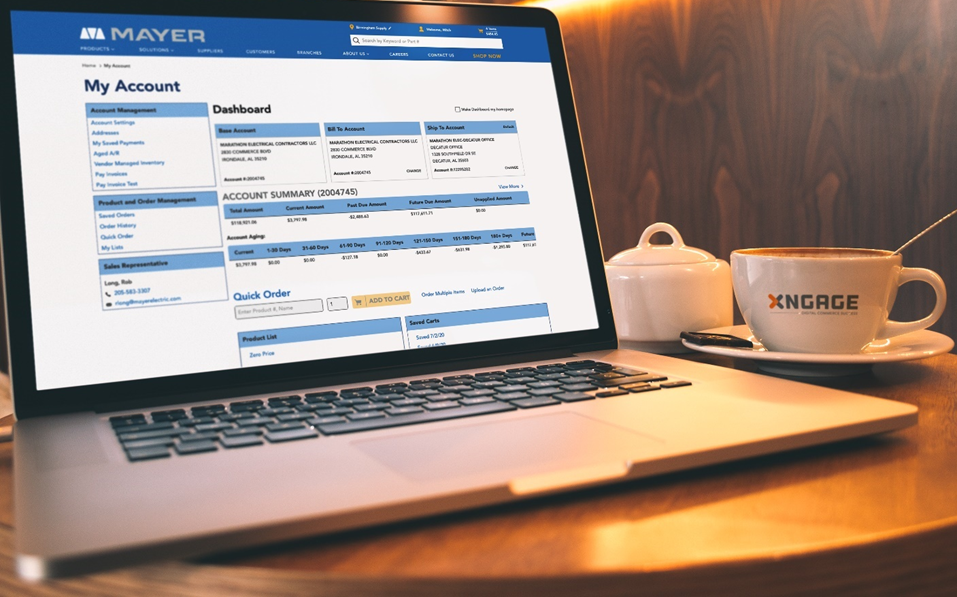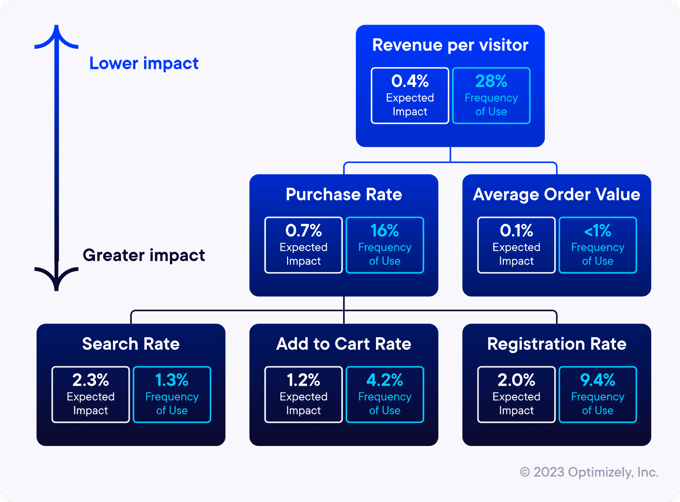
Myth Busters Part 7: (Don't) Get Personal
Myth Buster 7: (Don’t) Get Personal
Personalization is truly so much more than <<insert name>>. It’s about creating unique digital experiences, engaging thoughtfully, and anticipating needs. After all, B2B customers provide data and expect their partners to use it well. In fact, 74% of customers feel frustrated when websites are not personalized. If personalization is done expertly, a manufacturer or distributor can grow market share, sales, and profitability, simply by leveraging the data customers provide. And as one of our B2B partners, Optimizely, shared, “treat personalization as an experiment [and iterate] to come to the best outcome.” And so, personalization should be everywhere and simply delivered.
Myth: One-Size-Fits-All is a “Good Enough” Place to Start
No – start personalization immediately. For new customers or current customers looking for new items outside of usual orders or shopping lists, personalized search is essential. The search feature may be fine-tuned so customers can quickly find products by product titles, categories, brand, manufacturer, or inventory numbers. Intelligent search, or search based on AI (Artificial Intelligence,) takes search functionality one step further. It uses aggregated data and typical order patterns so that common terms and customer history can contribute to search results.
For return users, the account dashboard is another great place for personalization since it’s the hub of the B2B online customer experience. After signing on, users want quick links to invoices, order histories and shopping lists. They also want to seamlessly submit orders or quotes using automated approvals, stored payment methods, and preferred fulfillment methods. Personalization helps make customers feel like it’s their own online store. Mayer Electric is a great success story. At log-in, Mayer gives customers a robust and personalized account dashboard with easy access to current orders, invoices and wish lists so users can minimize the amount of time accessing the website and the amount of time that they spend online. This increases loyalty.

Myth: Personalizing a Catalog is Too Complex
Navigating a catalog with thousands of products, multiple part numbers, and seemingly endless facets can feel daunting. Personalization within catalogs improves browsing. By filtering (e.g. featuring or hiding products by account type or account permissions) users get a smaller, more meaningful subset. And if done well, personalization within catalogs can also be tied to personalized pricing, which can even help the bottom line. Some customers are price insensitive, and you may be leaving revenue on the table. A dynamic pricing feature also makes it easier for your B2B customers to stay within their budgets and eliminate the time needed to interact with a sales representative.
Personalization by catalogs helps companies segment entire product bundles, which can be critically important for regulatory compliance or profitability goals. Similar to personalization within catalogs, it also narrows the options providing ease of use and less time on task. Personalization of catalogs by location can provide geography views and showcase warehouse specific inventory or products that may interest a specific geographical area or group.
Fortunately, there are experienced B2B digital commerce platform companies that can deliver the right technology behind catalog personalization. They also make the workflows for B2B customers simple to implement and use.
Myth: It’s All About Revenue
One of the platform companies, Optimizely, also can tie personalization and experimentation and B2B companies may not be thinking of these together. Moreover, there are a variety of metrics to consider. According to Nicola Ayan, "many teams overwhelmingly prioritize revenue as a goal/metric for their experimentation/personalization program. While it's an important metric in digital commerce, there are early funnel optimizations that are underexplored, such as search, product navigation, and add-to-cart."
From Optimizely’s report, “Lessons learned from 127,000 experiments”, search rate is the most undervalued experiment/personalization goal. Even though it is used 1% of the time, it has the highest expected impact at 2.3%. Businesses tend to experience greater impact by focusing experimentation and/or personalization early in the funnel to improve micro conversions. To read more about the report, click here.

Finally, with a yearly growth rate of 16% in eProcurement sales from 2022 to 2023 (according to DigitalCommerce360) more and more companies are seeking personalization as part of their connected commerce and punchout catalogs to exploit this channel growth.
There are many ways to utilize personalization in B2B ecommerce for business impact. Most importantly, like any good relationship (either in person or online), customers want thoughtful listening, helpful solutions, and easy delivery. It’s not just nice to “get personal” – it’s the essential way to win and grow your digital commerce business.
Related Articles
Better B2B Personalization with Product Recommenders
If your 2022 digital strategy includes B2B personalization, think product recommenders. You can...B2B Commerce Challenges - Product Data Management
Product Data Unification and Standardization - A critical process for successful B2B Commerce...
Ready to Chat?
Share your story - we would love to help!
Whether you are ready to send out an RFP or you are just starting your digital transformation journey, we are here to assist you.